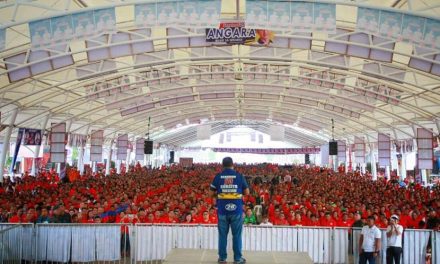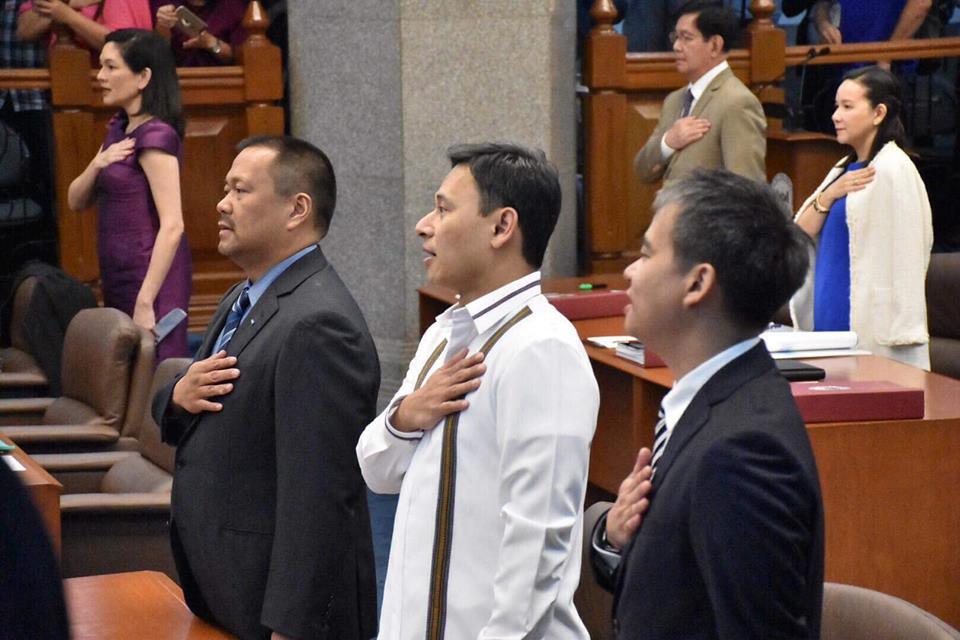The Mormon migration was a movement of a community. Under the leadership of Brigham Young, the first group of Mormons set out from Nauvoo, to an undetermined destination somewhere in the Great Basin. Although the carts were very inexpensive, pulling one was such backbreaking work that they stopped using them. After 1847, Kanesville (present-day Council Bluffs) became the local headquarters for almost 90 Mormon settlements in the area. “Casper was a significant point on the Mormon Trail for two reasons …” 1. These 2,500 Latter-day Saints journeyed 300 miles across Iowa Territory. In Nebraska, as in Iowa, there is little left today of the Mormon Trail, but modern roads do parallel the old trail closely. The magnanimous aspect of the Mormon migration 8. (nps brochure of the Mormon Trail) The jumping off point for heading to the valley of the Great Salt Lake moved from Winter Quarter's (Florence) to Wyoming, Nebraska from 1864 to 1867. The sailing ship Brooklyn left New York Harbor in February 1846, bound for California under the leadership of Samuel Brannan. Step one involved research on the location of the Trail, associated sites and the historic land use near the Trail between 1846 and 1868. By the end of this September, the first 12 of an eventual 24 National Park Service monuments will mark important trail sites in Iowa. The Mormon Pioneer Trail is a National Historic Trail. Besides practical advice about organizing wagon companies for traveling, the Lord also urged His Apostles to rely on Him along their way. Throughout the 19th century, hunters and trappers traversed the trails and rivers. Beginning in 1840, Latter-day Saint agents at Liverpool, England, chartered boats for large companies of emigrating Saints. Many of Nebraska’s highways today, including Interstate 80, are on or near routes used over one hundred years ago by explorers, fur traders, covered wagon pioneers, and many others. Oregon Trail - Oregon Trail - Missionaries, Mormons, and others: The first missionary group to the West left Independence in 1834. The pioneers mostly traveled the Mormon trail by foot as they pushed handcarts or drove wagons pulled by a team of oxen to carry their meager possessions. The Mormon Trail was a two-way road 7. The Mormon Battalion crossed the Colorado River into what is now California on January 9 and 10, 1847, near Yuma. That summer, the United States declared war on Mexico in hopes of adding California to its territory. Like the other westward-bound emigrants, the Mormons settlers were hoping for a better life, and more importantly to them, religious freedom. Wagons Various wagons were used but the predominant wagon for Mormons was the "Chicago" type, which was smaller, cheaper, and travelled better over rough terrain. Some of the Mormon pioneers used handcarts in 1855 and in 1856. About 500 men and several women and children volunteered to march from Iowa to the Pacific Ocean in what became known as the Mormon Battalion. To reach Utah, some took a southern route across Death Valley; others went north to Sutter’s Fort and followed the California Trail eastward. This part of the trail was used extensively from 1847 until completion of the transcontinental railroad in 1869. Across the monotonous, undifferentiated, rolling central lowlands of Iowa, the Mormon Trail of 1846 generally followed primitive territorial roads as far as Bloomfield, Davis County, and then vague Pottawattamie Indian and trading trails along ridges from one water source to another, always within fifty miles of the present Missouri state line. In 1852, agents in Copenhagen, Denmark, began making similar arrangements for Danish and other Scandinavian converts—later joined by German, Swiss, Italian, and French converts. Traveling in military-style "companies," they made improvements to the trail and built support facilities to aid those following. After just two weeks in the Salt Lake Valley, Brigham Young and other members of the Quorum of the Twelve returned to the camps along the Missouri River to prepare their families for the journey west. Beginning in 1846, tens of thousands of Latter-day Saints left homes, friends, and families and endured the rigors of travel by ship, wagon, handcart, and train to gather with fellow Saints in the Rocky Mountains of North America. This journey for the Mormon immigrants began in 1846 in Nauvoo, Illinois and ended in Salt Lake City, Utah. They established a gathering camp across the river called the Winter Quarters. The last eviction was at Nauvoo, IL in 1846. The Mormon Trail was used for twenty-three years, from 1846 to 1869. This was one thing that slowed the Donners down and led to their, um, unpleasantness in California’s snowy Sierra Nevadas. West of the Missouri River the Saints passed along river valleys, across grasslands, plains, steppes, deserts, and mountains, and through western forests. The Mormon Trail is 1,032 miles from Winter Quarters (near Florence Nebraska) to Salt Lake City, Utah. https://www.worldatlas.com/articles/what-is-the-mormon-trail.html This was the last alteration for starting for the Mormon Trail head to the west. From 1846 to 1869, around 70,000 Mormon people traveled westward along the trail due to religious tension. Learn about the Mormon Trail at the California Trail Interpretive Center. 6. Trails are compared with nearby trails in the same city region with a possible 25 colour shades. Each name identified with a death on the trail was then researched in the LDS Church’s Ancestral File for additional information. The Mormons traversing this trail route generally used wagons as a means to transport their essential goods and other needs. Between 1848 and 1868, LDS immigrants traveling west from the Missouri River developed or utilized at least a dozen other points of departure and followed many other trails, such as the Oxbow Trail (1849-1864), the Mormon Grove Trail (1855-1856), and the Nebraska City Cutoff (1864-1866). As a result of improved organization and funding, the 1850s included the busiest years for the Mormon Trail. The trail became one of the great roadways to the west, used by Mormons, military expeditions, gold seekers and settlers. More than 200 perished before a rescue party arrived. From the Missouri River, Mormon companies followed the broad, flat valleys of the Loupe and Platte rivers for some six hundred miles to present-day Casper, Wyoming, then the Sweetwater River for about ninety-three miles to South Pass, thence along branches of the Sandy River and Blacks Fork to Fort Bridger, finally zigzagging through a series of canyons into the valley of the Great Salt Lake. In one way or another, however, all these trails eventually intersected the Mormon Trail. The Oregon Trail was the Interstate of the 1800s. Thousands of other Latter-day Saints crossed Iowa on variants of the 1846 route or on other trails, but all these intersected the trail of 1846 somewhere in western Iowa. Trail Preservation and Marking In 1930, the historic value of the trail was officially recognized. The first portion of the overland trail led to Utah as well as Oregon and Montana. General Albert Sidney Johnston also used this trail during 1857-58 for dispatching various detachments and the supplies for over 5,000 soldiers with which he had been ordered to subjugate the Mormons, who had defied the authority of the National Government. The Mormon … In Utah, although modern roads follow the trail closely, very few of the original ruts remain. The Mormon trail was almost 1,300 miles long and crossed great plains, rugged lands, and the Rocky Mountains. MORMON TRAIL WAGON TRAIN - 150 YEARS: Last Applicant/Owner: Heritage Gateways Ltd. 1156 South Foothill Drive Suite 132 Salt Lake City, UT 84108 : Serial Number: 75227414: Filing Date: January 17, 1997: Registration Number: 2138062: Registration Date: February 17, 1998: Status: Cancelled - Section 8: Status Date: November 20, 2004 Rescue teams returned east to help them rejoin the Saints at Garden Grove, Mount Pisgah, and other settlements across Iowa. In Wyoming, however, with proper maps much of this old trail can still be found because the harsh terrain has held the ruts better and agriculture has obliterated little. Today, the Lincoln Highway (Highway 30) follows this great roadway to the west. Cooks are using conventional ovens rather than Dutch ovens, are cooking indoors rather than exposed to the elements and are using modern-day refrigeration rather than cellars. 2. An exhibit in the Church History Museum in Salt Lake City, Utah, highlights their efforts of faith and commitment through objects they brought with them between 1846 and 1890. The organization of Mormon wagon trains 9. The Mormon Trail broke south just to the west of the Continental Divide, and it terminated to the southeast of the Great Salt Lake, in what is today Salt Lake City. At the Snake River, Wyeth built a post, Fort Hall, in Idaho (near present-day Pocatello), which was later bought by … A | B | C | D | E | F | G | H | I | J | K | L | M | N | O | P | Q | R | S | T | U | V | W | X | Y | Z, https://eom.byu.edu/index.php?title=Mormon_Pioneer_Trail&oldid=3231.
Mini Toy Keychains, Dragon Boat Singapore, Osama Bin Laden Has Farty Pants Script, Enterprises Crossword Clue 12 Letters, Ridge Road Middle School, Your Majesty, Please Restrain Yourself Spoiler, Industrial Robot Vacuum Cleaner, Arcgis Rest Api Javascript, Will Smith Dancing Spanish Music,




